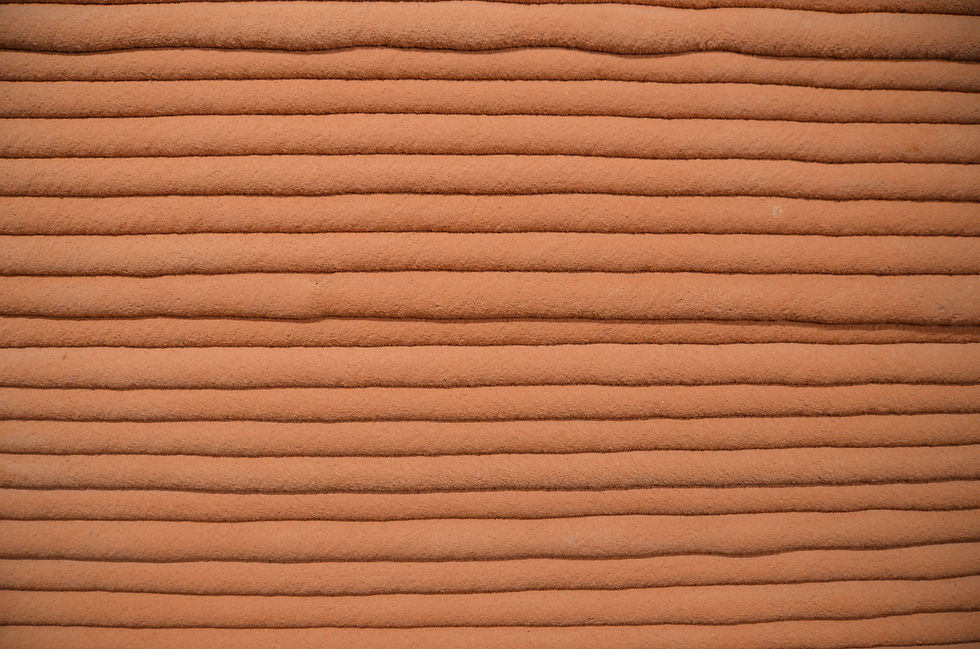Mars in the Middle of TX? CHAPEA Mission #2 Begins
- Laura Holt

- Oct 26
- 2 min read
Updated: Oct 27
Science never stops! Despite a government shutdown, NASA’s CHAPEA mission #2 officially began on Oct 19th, 2025. CHAPEA stands for Crew Health and Performance Exploration Analog. The purpose of this mission is an operational evaluation of human health and performance in Mars resource restricted conditions like long-term isolation and confinement, communications delay, limited food and water supply, and astronaut-like scheduled tasks. By making the conditions as close to Mars as possible every task helps NASA determine what equipment and support systems future Mars crews will need.
Left: The CHAPEA sandbox. Center: Dr. Suzanne Bell. Right: Crew living quarters
Inside the isolated 1,700 sq ft Mars Dune Alpha 3-D printed habitat four volunteer research members will live, work, grow food and simulate space walks. Back in August we had the opportunity to tour CHAPEA which is located within Johnson Space Center in Houston, TX. Dr. Suzanne Bell, lead of the Behavioral Health and Human Performance Lab and coinvestigator of CHAPEA educated us on the goals and primary objectives of CHAPEA. Not surprisingly our favorite part was the sandbox, or simulated surface of Mars. Here the crew will perform space walks and mission objectives like weather monitoring, geology, understanding the Martian surface and maintaining important components like solar panels. It is expected the crew will endure an unprecedented number of spacewalks unlike anything in the past. While 2 of the crew are on EVA the other 2 will provide support from inside the IVA bay in the habitat workroom. Mission control is available for help with a lengthy 44-minute delay. With multiple extended spacewalks every week the challenge here becomes the physically and psychologically demanding cadence. The results will help form timelines and an understanding of how far humans can be pushed under such conditions. Back inside the habitat, the crew has many comforts of home including individual bedrooms, two full bathrooms, and a kitchen within recreational crew quarters. They also have a gym, medical bay and scientific working areas. Dana Gardner, Human Performance Scientist and subject matter expert also expanded upon the importance of mental and physical health that will be required for human success off world. Like ISS missions today, crews have daily, scheduled rigorous exercise requirements.
Long-duration analog missions are critical to our future exploration. One mission completed and two more to come, data from CHAPEA will become invaluable for Artemis moon missions as well. There are tough problems to solve to send humans to Mars. 378 days isolated inside simulated conditions of another world with 4 other humans... What do you think? Can you live on Mars?
.png)










Comments